BLOG
How Smart Cities Will Work in a Post COVID-19 World
What impact has the COVID-19 pandemic had on city governments around the world, and how can IoT and data analytics support communities now and in the future?
During Connected Things 2020: WFH Edition, Very partnered with MIT Enterprise Forum Cambridge to bring together industry leaders to speak about the topic. This post includes excerpts from their conversation, which have been edited for length and clarity. To see and hear the full discussion, watch the video below.
Introducing the Panelists
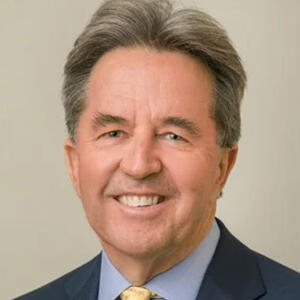
Moderator: Chris Davis, Principal and Founder, Technicity Consulting LLC
Davis’ personal mission is to enable enterprises, corporations, and institutions to respond profitably to today’s energy, sustainability, environmental challenges through smarter energy solutions and business transformation.

Gary McCarthy, Mayor, Schenectady, New York
Gary has served as mayor in Schenectady since April 2011 and is a long-term smart city practitioner. In 2016, he appointed a Smart City Advisory Commission to take advantage of new technology for superior delivery of government services and improved quality of life.

Curt Savoie, Director of Smart Cities and Communities, IDC
The central components of Curt’s work revolve around data: its use, security, meaning, accessibility, and governance. He has worked in the public sector for the last decade in various data-centric roles.

Franck Carassus, COO & Co-Founder, OpenDataSoft
Franck is an entrepreneur with more than 18 years of experience in software, government, large private companies, and a proven track record in establishing innovative and strong new businesses.

Michael Mazur, VP, Business Development, Colu
Michael grew up living in Chicago before moving to Tel Aviv at the age of 12 where he stayed through his military service in Israel. This background gives him a unique perspective, combining Israel’s “start-up nation” culture with American business strategies.
How COVID-19 Has Impacted Cities
Chris: Gary, what have been the major impacts of the COVID-19 that you’ve seen and are having to deal with as a mayor?
Gary: We’ve been dramatically impacted. Schenectady is an old industrial city – Thomas Edison came here a little over 125 years ago and founded General Electric, American Locomotive was here, and GE moved their alternative energy [wind and solar] and their global R&D facility here.
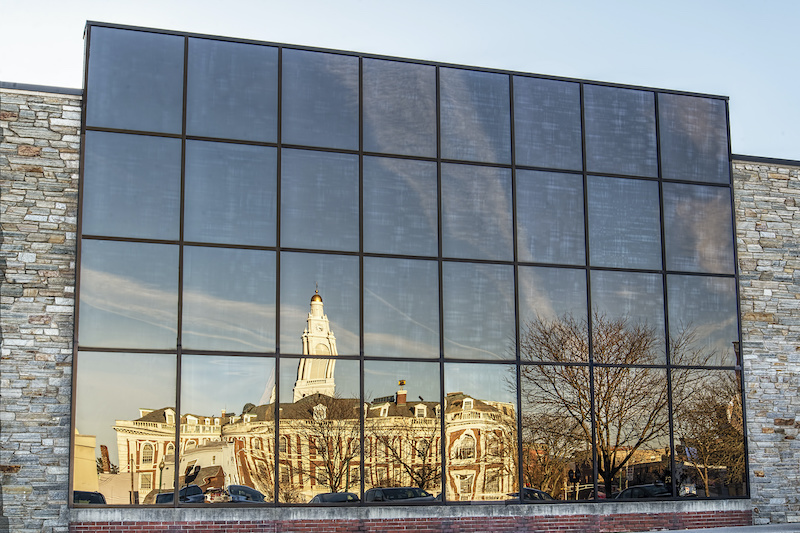
We’ve rebuilt our downtown area around Proctors Theater, an old Vaudeville house, where we were drawing 800,000 people a year. New York State got into the gaming business a few years ago, and Schenectady completed a casino that draws about 1.2 million people in its building and some of the adjacent property.
Now, Proctors is closed, and the casino is shut down, so that’s literally two million people that were coming through our community that are gone. It’s forced us to shift how we do business. We’ve closed city hall. We’re now grasping the impact of the financial side of it where the revenue from sales tax we anticipate to be down, and other revenue sources are going to be down.
Simultaneously, we’re also looking at how we continue to provide city services using some of the “smart city” infrastructure we created. We’ve been doing a lot of things over the last four years to try and build up that capacity, utilize emerging technology, and play off the wireless and sensor-based products that are being developed.
We’re about halfway through the deployment of a Reforming the Energy Vision (REV) demonstration project with National Grid. REV is reinventing the energy vision, and it’s part of Governor Cuomo’s plan in New York State to make utilities more efficient, more competitive, and service the needs of communities. We are working with National Grid to do some of the basic things, like replacing all the street lights with LED fixtures.
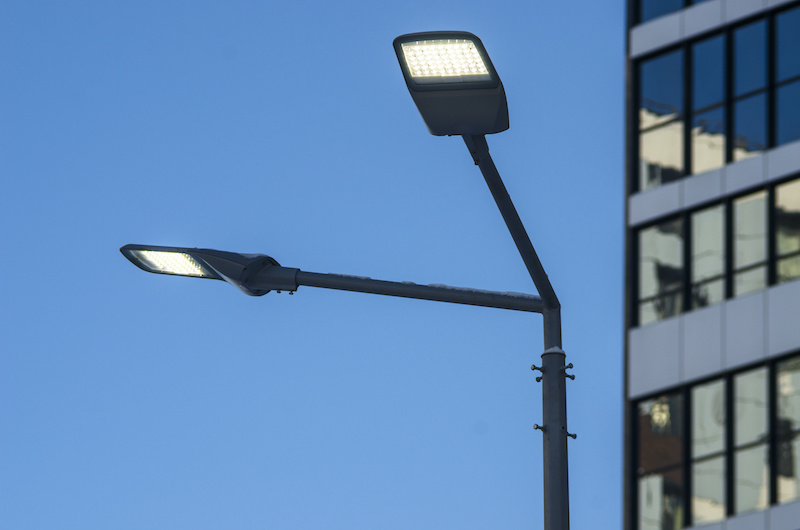
While we’re doing that, we’re also putting some of the smart technology on the pole simultaneously, so we’re not only replacing the light bulbs but we’re also putting in a mesh network so that we can make sure they’re on during peak traffic times and dim them during low times. This helps reduce maintenance costs and gives us greater energy savings.
We’re working with a number of vendors to position ourselves for the deployment of 5G technology, and we have a wireless network that’s also being deployed in the REV demonstration. We’re not as far along as I wish we were in that, because we’ve seen a dramatic uptick in utilization of that WiFi network, and it’s primarily coming from kids doing their homework, and people applying for unemployment benefits and looking for other educational opportunities.
It’s helping us rethink how we’re going to deliver some city services going forward, and we’re learning some things that are being forced to be developed at a much quicker rate, like working with paramedics and healthcare providers, school districts, and the business community as more people are working from home.
Smart City Innovations to Combat COVID-19
Chris: What would you like to have in place today or in the future that you didn’t have when this whole thing started so that you could address a lot of the issues that you just highlighted?
Gary: I’d like greater expansion of the network so that we could do telemedicine. We could shift some of the protocols in our emergency medical services to simplify it. People dial 911, a paramedic unit arrives about 180 seconds from the time they’ve put the phone down, they do an evaluation, put the person in an ambulance, and transport them to the emergency department of the local hospital. We’re now shifting some of that to do more evaluation in the field and not transporting people.
Currently, if you have a medical event, you go to the emergency room. If you’re not in a situation that’s life-threatening, you may sit there for hours because the medical staff is taking care of people who are more critical and need more urgent care. If you know that in advance, even if we’ve sent our paramedics there, it would be great to have the ability to schedule some of those treatments.

If you know that the emergency department is going to have the staff available in four hours, you’re going to be more comfortable and safe staying home while you wait for treatment. Similarly, if someone has a medical situation that requires some follow-up but not immediately, you could schedule an appointment with the urgent care center, or go to your general family physician the next day. It’s about being able to have that data on a platform that is accessible and easily managed. I think that will dramatically improve and reduce the overall cost of the delivery of healthcare.
That’s something we’ve learned from this situation, and we’re asking, how do we deploy that? It’s taking that particular information and making it practical for the overall management of a number of moving parts.
With the lighting system, for example, we’ve been able to use our sensors on the main street to see that traffic is down almost 50% since the shutdown. Before, you would have had to go out and do traffic studies, put a strip across the road, put a mechanical counter there, and download the data. It was still good information, but it was not in a format that’s robust and dynamic and generated in real time. Now, with some of these sensors deployed, we have that. It helps our policing, it helps businesses plan their activity, and it gets down even to the basic level of doing pavement management, based on the amount of traffic that goes over a road’s surface.
How Smart Cities Are Using Data in New and Different Ways
Chris: Curt, you have been involved in city government with the city of Boston, and also with the State of Massachusetts, focused on data and analytics. From IDC’s perspective, what are some of the things that you guys are seeing with respect to cities using data in new and different ways?
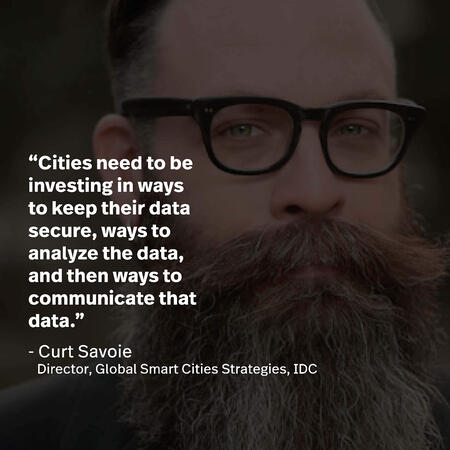
Curt: With COVID-19, a lot of people, especially at the state level, are tracking public health over geography. That’s great, but we need to keep in mind: how do you protect privacy? It’s important to have that infrastructure in place where you can use it for new use cases like COVID-19 that come up and still protect privacy.
One of the other key things to note with these types of use cases is, there is no one hundred percent best practice. You have to go into these advanced uses of data with a sort of experimental open mindset. The model might be sixty percent accurate on day one. Is that perfect? No, but it gets you some real-world results that you can start building on.
That old adage of “don’t let the perfect be the enemy of the good,” is definitely true with data work where you’re constantly iterating and taking in that new information – whether it’s deploying resources, or looking at healthcare outcomes.
Chris: Franck, what would you add? I know you’ve worked with a number of cities that have migrated their focus in terms of what’s important and how they’re using data platforms and datasets.
Franck: The trend we’re seeing is that cities and governments really want to build and reinforce trust with their residents. For example, we’ve been working with two cities recently – Newark, New Jersey (pictured), and Somerville, Massachusetts.
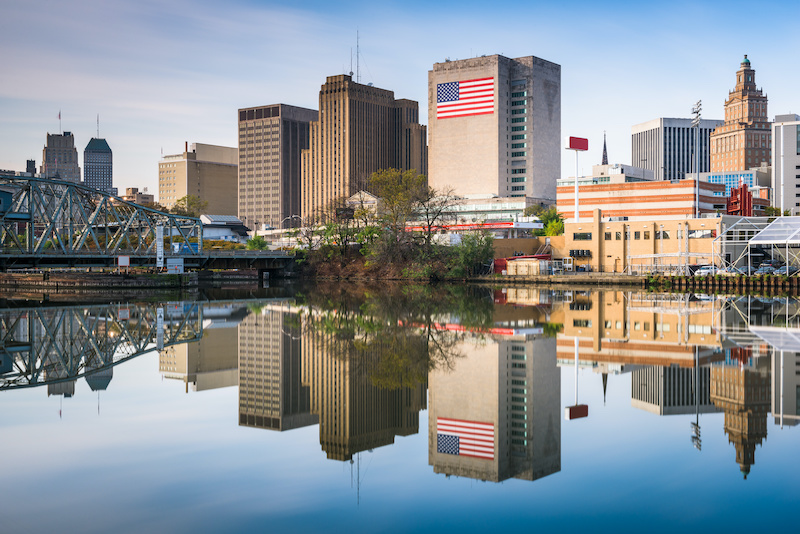
Newark wanted to be able to publish their own data on the city level about the COVID-19 situation. As of now, if you want to have updated information on COVID-19, you can get it on the national level, the state level, and the county level, but if you want information on the city level, it doesn’t exist – unless the city publishes their own information, which is sometimes pretty difficult to do.
Newark not only wanted to do that, but they also wanted to publish information on how COVID-19 affects their citizens by race, gender, and age. The goal is to be able to prove that maybe COVID-19 is touching different communities in different ways. On the other hand, Somerville is focused primarily on informing residents about what’s happening on a daily basis.
Supporting Growth and Recovery in a Post-Pandemic World
Chris: Michael, can you talk a little bit about the Colu platform and how you’re working with cities to focus on economic development and better communication to citizens? That’s obviously a key topic as we start to reopen and recover.
Michael: We as a company have been working specifically with cities throughout the US right now and offering them our software as a service (SaaS) platform, which rewards residents for engaging in behaviors that meet the strategic goals of the city.
We give a city their own unique app, and we create a rewards mechanism, similar to a points model, with a unique city coin. That city coin is the economic driver that ultimately incentivizes residents to engage in those behaviors, which could be shopping at local businesses, communicating with the municipality, volunteering, and more. The whole point here is to create this cycle of a unique local coin that can then be accumulated by residents and then redeemed at local businesses.
Now with COVID-19, we see a huge need to help small businesses. Cities don’t have the funding or the staff capacity to take proactive measures to help small businesses. We’re looking at how we can encourage residents to shop at local businesses instead of shopping online on Amazon. We’re busier than ever and trying to offer our platform to as many cities as possible to help the local businesses.
Chris: Do you have any real-world examples that you could highlight, just to show how this works?
Michael: Sure – So, in Tel Aviv, the pandemic started a few weeks before it started here in the US, so we sort of had a head start.
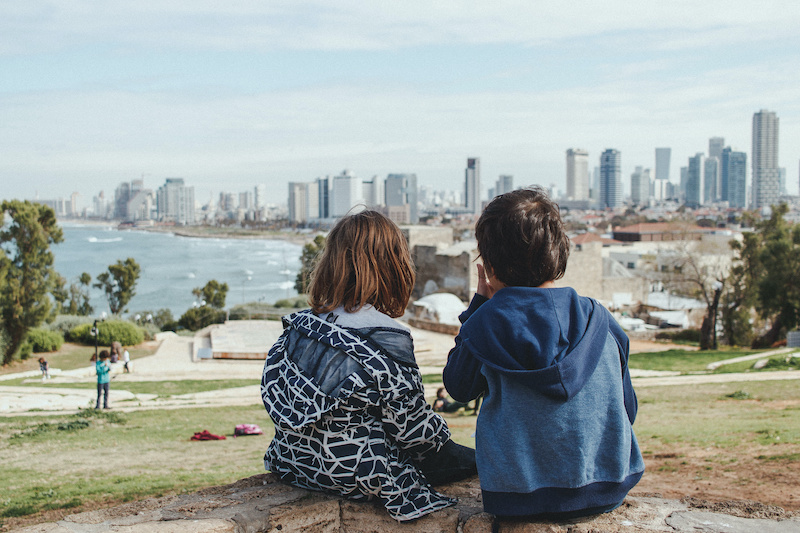
First of all, we created additional incentives to reward shopping and consumption at local businesses.
Secondly, we saw a lot of businesses that had historically never delivered now start to deliver because of the restrictions and the closures. So, we aggregated all the businesses that are delivering and then we reward people and individuals and residents for shopping or ordering delivery from local businesses.
Another interesting thing we’re seeing is a huge push from the local community to volunteer to be involved in the community, so we started also rewarding residents who volunteer at senior citizens’ homes. Ultimately we just see that the more we can promote these initiatives and spread awareness of what initiatives exist in their city, the more residents will want to engage in those behaviors. We call it behavioral economics, or gamification, approach. We want to tie the reward with the behavior, and ultimately create mutually beneficial opportunities that help businesses and eventually will create more jobs locally, which is extremely critical right now.
Conclusion: What’s the Future of Smart City Investment?
Chris: Curt, you’ve got a lot of experience in this area – what would you recommend on the types of smart city investments that cities should make going forward?
Curt: With tools and technology around data, if you’ve got infinite money there are infinite solutions, but a lot of states and cities fall into the trap of avoiding vendor lock-in by buying one of everything. That’s a bad idea because if you use just ten percent of every platform, you’re not going to get much ROI out of it.
So, start with what you have – something like Excel. Excel can’t do high powered data science, but it could start some analysis, and you build on that. You build into Python, you build into R, you look at open data platforms. Ultimately, you want to invest in ways to keep the data secure, ways to analyze the data, and then ways to communicate that data.









